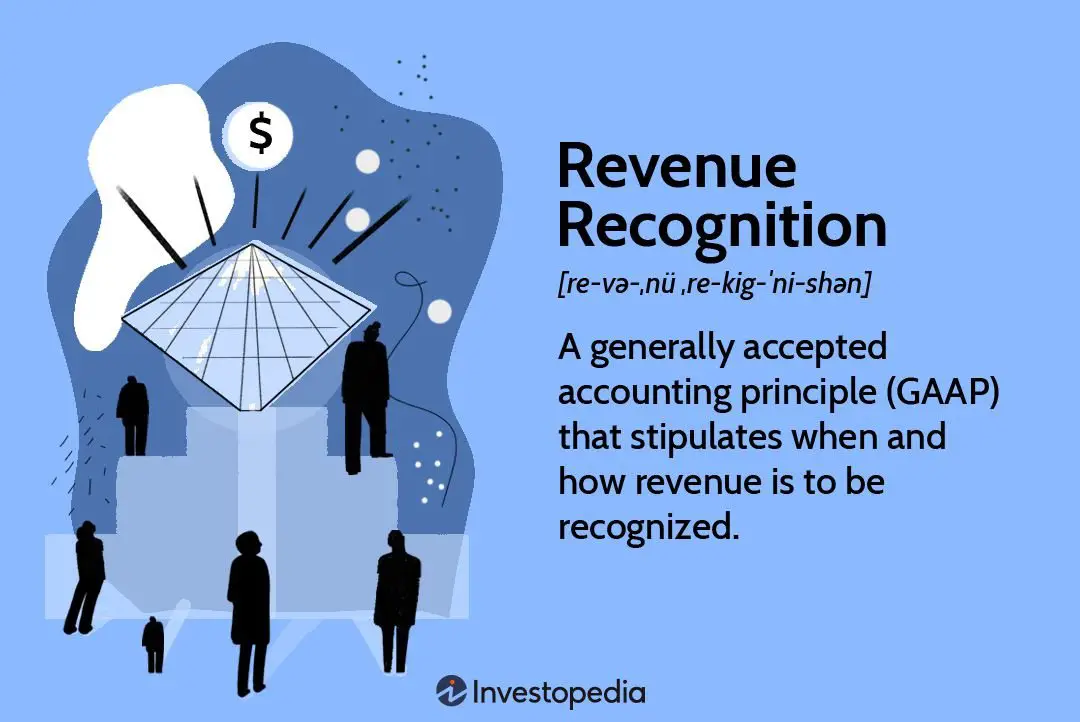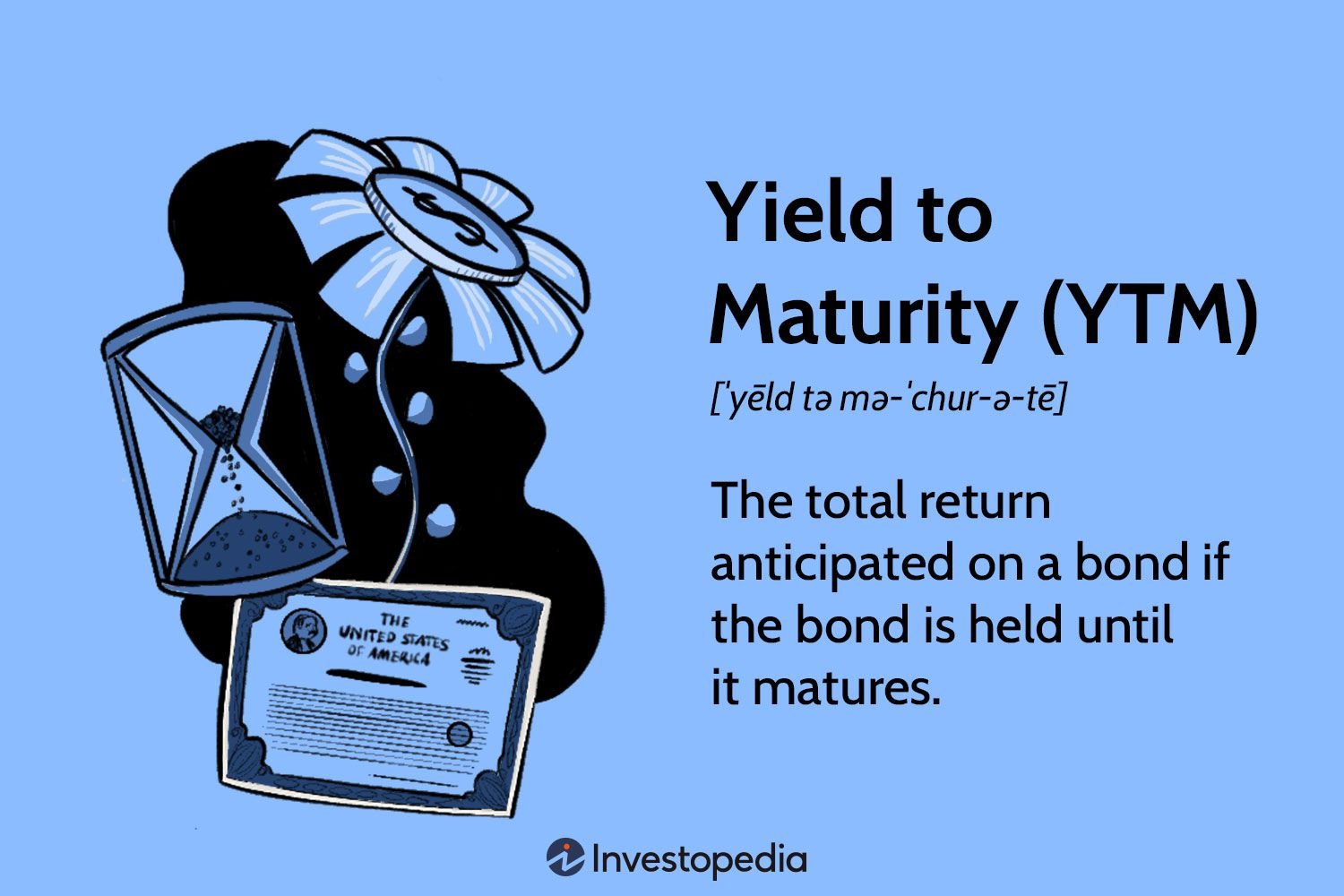Are you looking to understand the ins and outs of revenue recognition? Well, you’ve come to the right place! In this article, we’ll dive deep into the world of revenue recognition, demystifying its complexities and shedding light on its importance for businesses. From the basic concepts to the more intricate details, we’ll guide you through everything you need to know, all in a conversational and easy-to-understand manner. So, let’s jump right in and explore the fascinating realm of revenue recognition together.
Understanding the Ins and Outs of Revenue Recognition
Revenue recognition is a critical aspect of financial reporting for businesses across various industries. It refers to the process of recording and recognizing revenue on a company’s financial statements, which is an essential part of the overall accounting cycle. In this comprehensive guide, we will delve into the intricacies of revenue recognition to help you gain a solid understanding of this vital concept.
What is Revenue Recognition?
Revenue recognition is the process of identifying and recording revenue earned by a company from its business operations. It involves determining when revenue should be recognized and how much should be recognized in a given accounting period. This process is crucial for accurately reporting a company’s financial performance and providing relevant information to stakeholders, including investors, creditors, and regulatory bodies.
Why is Revenue Recognition Important?
Proper revenue recognition is essential for several reasons:
- Financial Reporting: Revenue recognition ensures that a company’s financial statements accurately reflect its actual revenue generation, enabling stakeholders to make informed decisions.
- Performance Evaluation: Accurate revenue recognition allows management to evaluate the company’s financial performance and identify areas of strength or improvement.
- Compliance: Adhering to recognized revenue recognition standards is crucial for regulatory compliance and avoiding legal issues.
- Investor Confidence: Transparency and accurate financial reporting through proper revenue recognition foster investor confidence in the company.
Principles of Revenue Recognition
Revenue recognition is guided by several important principles:
1. Revenue Recognition Principle
The revenue recognition principle states that revenue should be recognized when it is realized or realizable and earned. This means that revenue should be recorded when the company has substantially completed its performance obligations and is entitled to receive payment.
2. Matching Principle
The matching principle ensures that expenses are matched with the revenues they helped generate. This means that the costs associated with earning revenue should be recognized in the same accounting period as the revenue itself. Matching expenses with revenue provides a more accurate picture of the company’s financial performance.
Recognizing Revenue: Different Scenarios
Revenue recognition can vary depending on the nature of the business transactions. Let’s explore some common scenarios:
1. Sale of Goods
In the case of selling goods, revenue is generally recognized when all of the following conditions are met:
- Ownership and risks of the goods have been transferred to the buyer.
- The price is determinable and collectibility is reasonably assured.
- The company does not have any significant obligations or ongoing involvement related to the sold goods.
For example, if a customer purchases a product from an online retailer, revenue would be recognized when the product is shipped and the customer receives it.
2. Rendering Services
When a company provides services, revenue is typically recognized when the services are performed and the company is entitled to payment. The specific criteria for recognizing service revenue may include:
- The company has completed its service obligations, or a significant portion thereof, as agreed upon with the customer.
- The company can measure the service’s value reliably.
- Payment for the services is reasonably assured.
3. Long-Term Contracts
For long-term contracts, such as construction projects or software development, revenue recognition can be more complex. In these cases, revenue is recognized using either the percentage-of-completion method or the completed contract method.
- Percentage-of-Completion Method: This method recognizes revenue based on the percentage of work completed. It involves estimating the degree of completion using reliable measures such as costs incurred or physical progress.
- Completed Contract Method: Revenue is recognized only when the project is complete. This method is used when the outcome of the contract cannot be reliably estimated.
Recognition Timing and Methods
The timing and methods of recognizing revenue depend on the nature of the transaction and relevant accounting standards. Let’s explore some key considerations:
1. Point of Sale
Revenue is often recognized at the point of sale when the risks and rewards of ownership are transferred to the buyer. This applies to retail sales and e-commerce transactions where goods are delivered to the customer.
2. Over Time
In certain scenarios, revenue is recognized over time as services are provided. This is common in industries such as construction or software development, where work progresses over an extended period.
- Output Method: Revenue is recognized based on an assessment of the progress toward completion, such as units produced or surveys conducted.
- Input Method: Revenue is recognized based on the input resources expended, like labor hours or material costs.
3. Upfront Payments
When a customer makes an upfront payment for goods or services, revenue recognition may be deferred until the company satisfies its performance obligations. Upfront payments may require companies to recognize revenue over time or upon delivery of the promised goods or services.
Recognizing Variable Consideration
In some cases, revenue recognition may involve variable consideration, such as discounts, rebates, or incentives. The specific treatment of variable consideration depends on the likelihood and reliability of its estimation:
1. Highly Probable and Estimable
If the variable consideration is highly probable and can be reasonably estimated, it is included in the revenue recognized. For example, a company offering a customer rebate program can account for the expected rebates as a reduction of revenue at the time of sale.
2. Constraining Estimates
When the variable consideration cannot be reliably estimated, it is excluded from the initial revenue recognition. Instead, it is recognized when it is highly probable that a significant reversal will not occur.
Changes in Revenue Recognition Standards
Revenue recognition standards have evolved over time to improve consistency and comparability across industries. The most significant change in recent years is the implementation of the International Financial Reporting Standard (IFRS) 15 and the Financial Accounting Standards Board (FASB) Accounting Standards Codification (ASC) 606.
These standards aim to provide a unified framework for revenue recognition across different sectors, outlining the principles and criteria for recognizing revenue. They emphasize the importance of properly identifying performance obligations, determining transaction prices, and allocating revenue to each obligation.
Understanding the ins and outs of revenue recognition is crucial for businesses to ensure accurate financial reporting and compliance with regulatory standards. By grasping the principles and guidelines associated with revenue recognition, companies can provide transparent financial information to stakeholders and make informed decisions about their operations and growth.
Revenue Recognition Principle in TWO MINUTES!
Frequently Asked Questions
Frequently Asked Questions (FAQs)
What is revenue recognition?
Revenue recognition is the process of determining when and how revenue should be recorded in a company’s financial statements.
Why is revenue recognition important?
Revenue recognition is important because it impacts a company’s financial statements and provides vital information to investors and stakeholders regarding the financial performance of the business.
What are the key principles of revenue recognition?
The key principles of revenue recognition include identifying the contract with the customer, identifying the performance obligations, determining the transaction price, allocating the transaction price to the performance obligations, and recognizing revenue when the performance obligations are satisfied.
What are the different methods of revenue recognition?
The different methods of revenue recognition include the point of sale method, completed contract method, installment method, and percentage of completion method.
How does revenue recognition differ for product-based and service-based companies?
For product-based companies, revenue recognition typically occurs at the point of sale when the product is transferred to the customer. In contrast, service-based companies recognize revenue as the service is performed or over the duration of the service contract.
What are some challenges in revenue recognition?
Some challenges in revenue recognition include determining the standalone selling prices of performance obligations, estimating variable consideration such as discounts and refunds, and recognizing revenue for long-term contracts and projects.
What is the impact of revenue recognition on financial statements?
Revenue recognition directly affects the income statement, balance sheet, and cash flow statement. It influences the reported revenue, expenses, gross margin, net income, accounts receivable, and deferred revenue balances.
How does revenue recognition relate to GAAP?
Revenue recognition is an important aspect of Generally Accepted Accounting Principles (GAAP) that provides guidelines and standards for how revenue should be recognized and reported in financial statements. Following GAAP ensures consistency and comparability across different organizations.
How can companies ensure compliance with revenue recognition standards?
Companies can ensure compliance with revenue recognition standards by implementing robust internal controls, conducting regular reviews and audits, and seeking professional guidance from accountants and auditors experienced in revenue recognition principles.
Final Thoughts
Understanding the ins and outs of revenue recognition is crucial for businesses of all sizes. It is the process of properly accounting for and reporting revenue in financial statements. By accurately recognizing revenue, businesses can provide a clear picture of their financial performance and ensure compliance with accounting standards. Revenue recognition involves a deep understanding of contractual agreements, performance obligations, and revenue streams. It requires diligent analysis of revenue recognition criteria, such as revenue recognition over time or at a point in time. Proper documentation and consistent application of revenue recognition policies are essential. By mastering revenue recognition, businesses can make informed decisions, improve financial transparency, and maintain credibility with stakeholders. Understanding the ins and outs of revenue recognition is a fundamental aspect of running a successful and transparent business.



